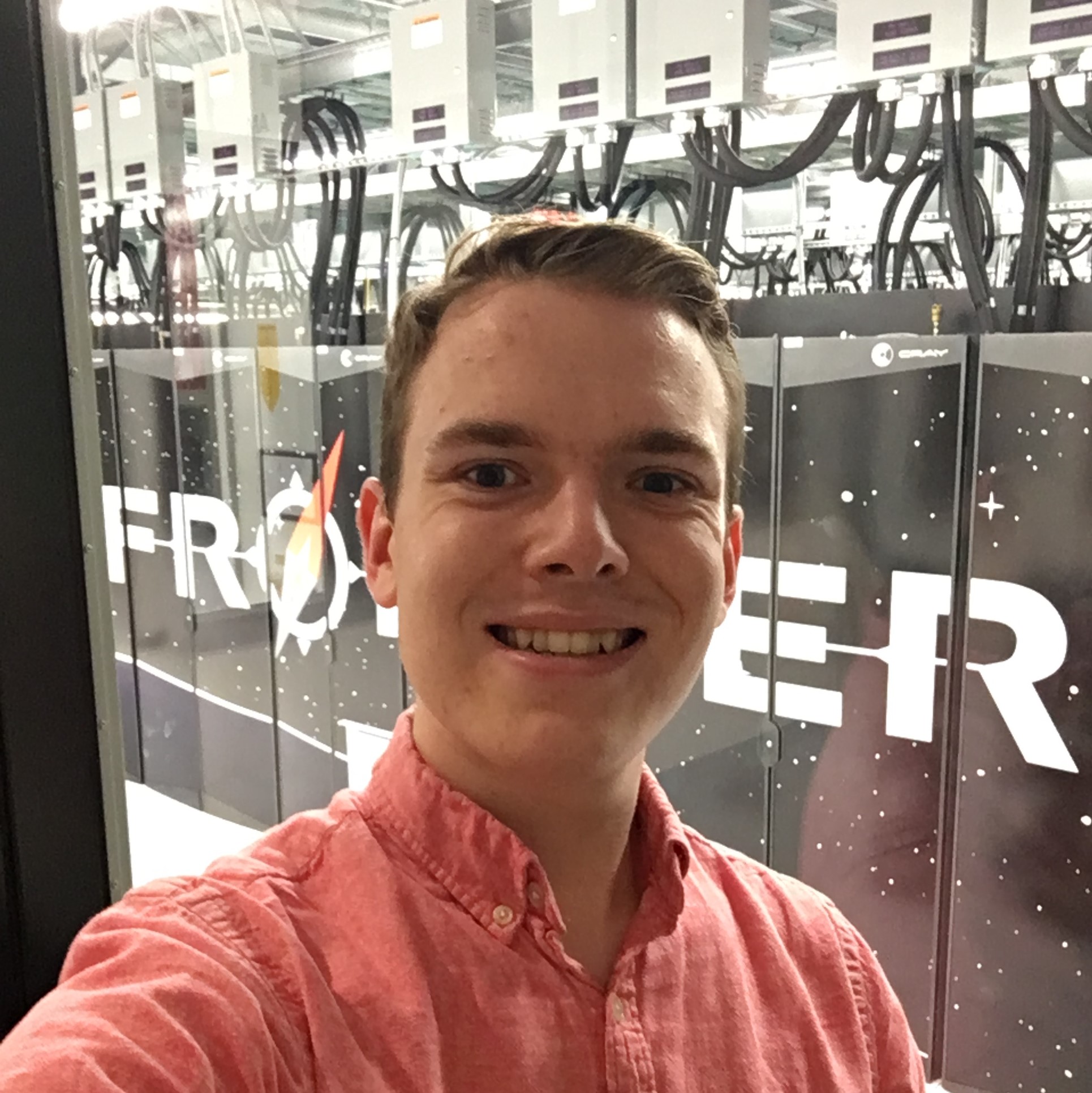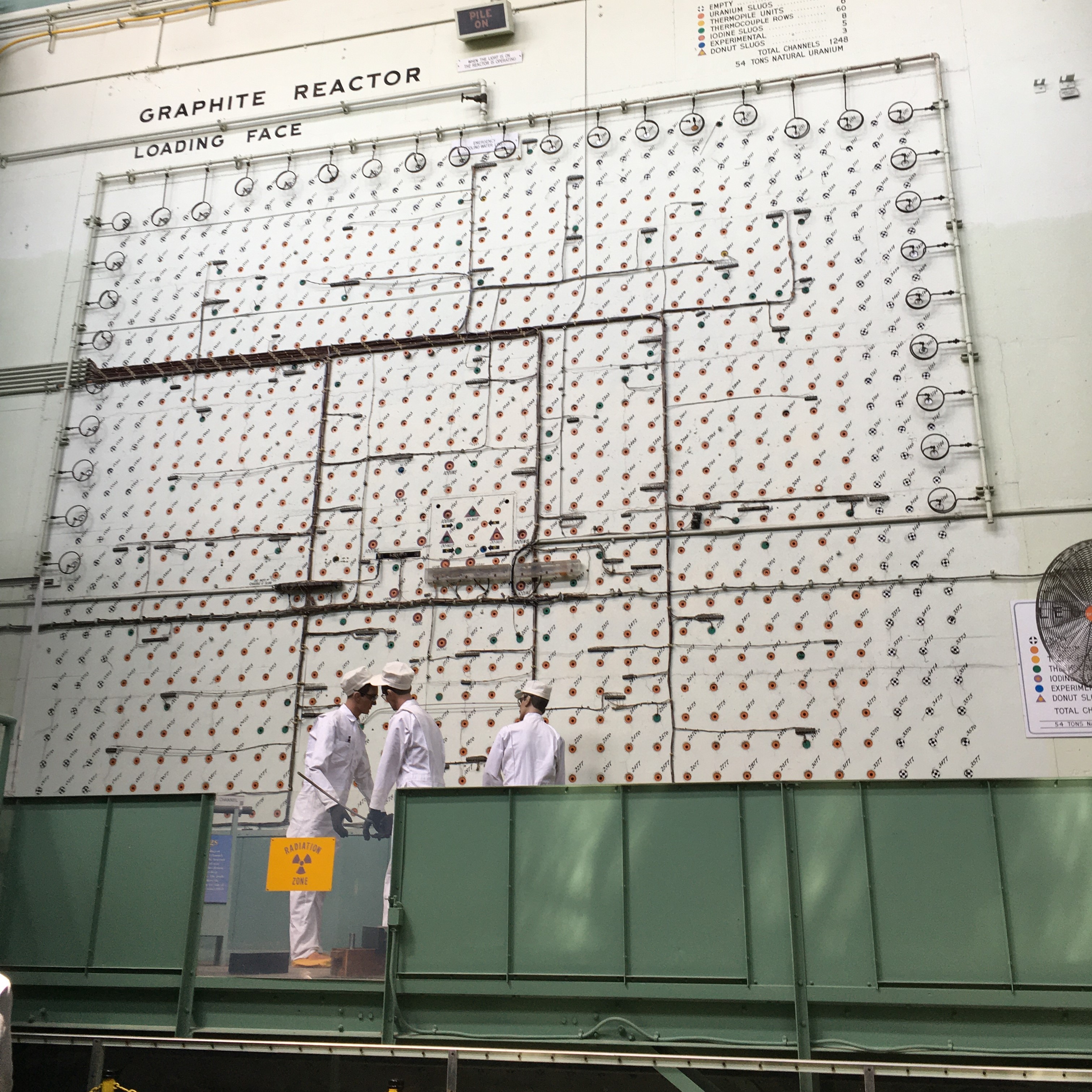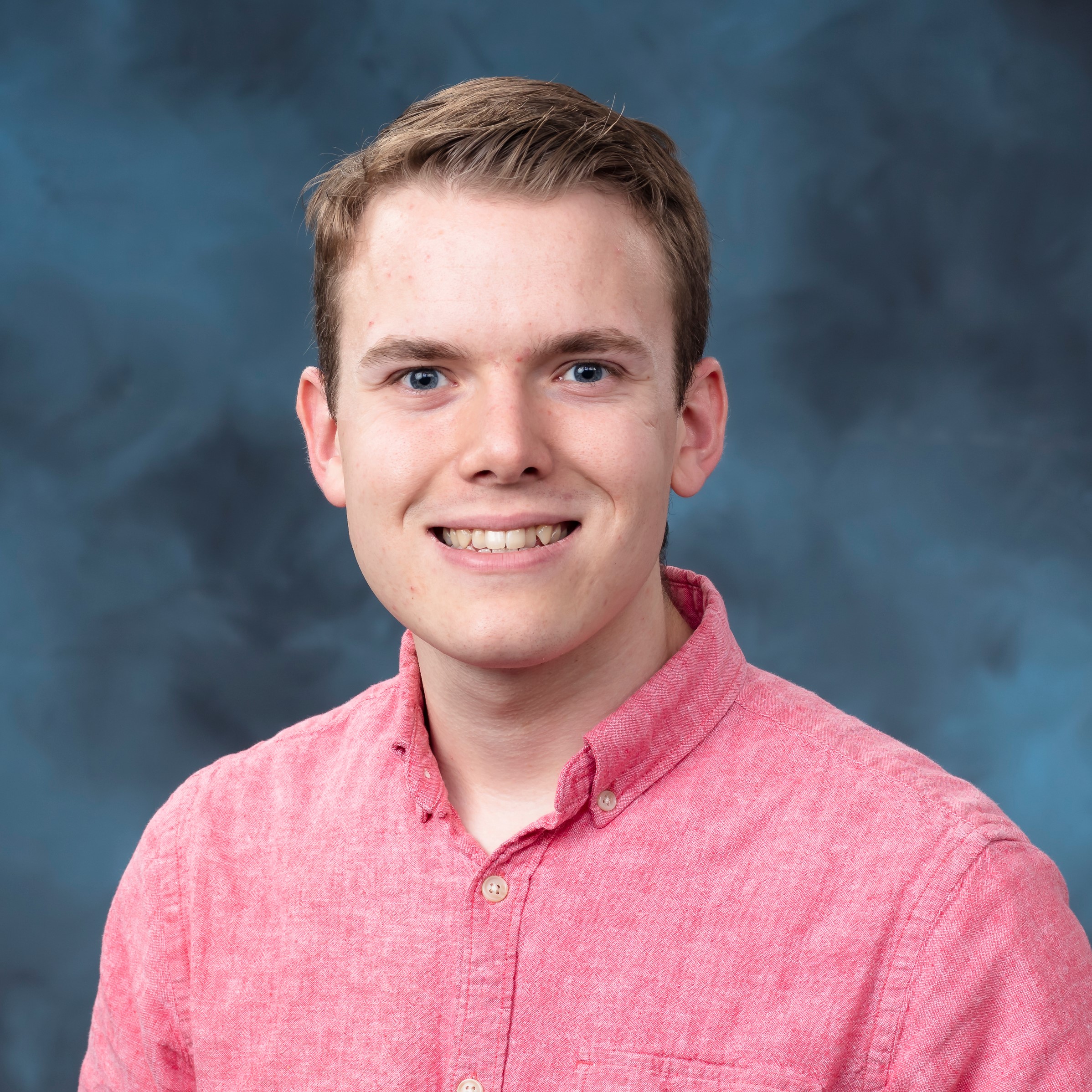Using Supercomputers to Detect Cancer: My Summer at Oak Ridge National Lab
 I visited Frontier, the world’s fastest supercomputer, as a part of the SULI program this summer
I visited Frontier, the world’s fastest supercomputer, as a part of the SULI program this summer
How many people can say they got the chance to use one of the fastest computers in the world to detect cancer? I was extremely lucky to be able to do just that this summer at Oak Ridge National Laboratory in Tennessee. I participated in the Department of Energy’s Science Undergraduate Laboratory Internship (SULI) program, and the experience was incredible.
This past June, I packed up my things and headed down to Knoxville, Tennessee, where I would spend the next few months performing research at nearby Oak Ridge National Laboratory (ORNL). ORNL is one of the Department of Energy’s largest national labs, with nearly 6,000 staff that span a wide variety of research interests from nuclear physics to soil science. ORNL has a fascinating history as well — it was one of the main research sites that powered the Manhattan Project.
The SULI program allows students to spend 10 weeks performing research alongside a mentor at the lab. I worked under Dr. Hong-Jun Yoon to compare machine learning algorithms for analyzing whole-slide images, which are large digital scans of tissue samples. I used Summit, the second-fastest supercomputer in the United States and fourth-fastest in the world, to train and test machine learning models on a massive scale. We successfully detected and subtyped cancers from several datasets.
Along with gaining technical skills in medical image processing and high-performance computing, I also learned how to communicate my results to the wider scientific community. We submitted a manuscript to the 2023 SPIE Medical Imaging conference, and it hopefully will be my first publication. Also, at the ORNL Summer Intern Symposium, my poster won Best Poster in the Computing and Computational Sciences Directorate! You can see my poster and read more about the research I did this summer here.
Outside of my research, I toured several of the unique facilities on campus. I visited X-10, the world’s first continuously operating nuclear reactor. Seeing the name “Oppenheimer” on one of the nameplates was sombering — I was in the former offices of some of the world’s greatest physicists! I also got to see Frontier, the fastest (and greenest) supercomputer in the world!
 The graphite reactor at ORNL is the world’s first continuously operating nuclear reactor
The graphite reactor at ORNL is the world’s first continuously operating nuclear reactor
Getting to spend the summer at ORNL was invigorating, and I developed a passion for medical image processing that I want to pursue further. I consider myself very fortunate for being able to participate in the SULI program, and I hope that I will be able to return to ORNL sometime in the future!
